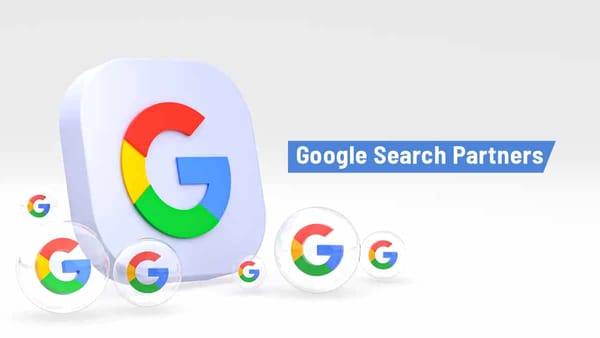Search Ads Explained: How They Work and Why They Are Essential for Businesses

Introduction
In today’s digital world, businesses are constantly looking for ways to reach their audience effectively. One of the most powerful advertising methods is Search Ads—a paid marketing strategy that places businesses at the top of search engine results. Whether on Google, Bing, or other search platforms, Search Ads ensure that businesses get noticed by users actively looking for their products or services. This article will explore what Search Ads are, how they function, and why they are crucial for online success.
What Are Search Ads?
Search Ads are paid advertisements that appear on search engine results pages (SERPs) when users enter specific keywords. These ads operate on a Pay-Per-Click (PPC) model, meaning businesses only pay when someone clicks on their ad.
- Key Features of Search Ads:
✅ Displayed at the top or bottom of search engine results.
✅ Appear based on relevant search queries and keywords.
✅ Offer businesses immediate online visibility.
✅ Work on a bidding system, where advertisers compete for ad placements.
Example: If a user searches for "best running shoes," a shoe brand can bid on that keyword to have their ad appear at the top of the results page.
How Search Ads Work
1. Keyword Targeting
Search Ads rely on specific keywords that businesses choose to target. When users search for these keywords, relevant ads appear.
- Broad Match: Displays ads for similar phrases and related searches.
- Phrase Match: Shows ads for searches containing the exact phrase.
- Exact Match: Triggers ads only when users search for the exact keyword.
2. Bidding and Ad Auction
Search engines use a bidding system to determine which ads appear. Advertisers set a maximum bid for each keyword, competing with others targeting the same keyword. Factors that affect ad placement include:
- Bid Amount: How much an advertiser is willing to pay per click.
- Quality Score: A rating based on ad relevance, landing page experience, and expected click-through rate (CTR).
- Ad Rank: Determines the ad’s position on the SERP based on bid amount and Quality Score.
3. Ad Copy and Extensions
An effective Search Ad includes:
- Headline: A catchy and relevant title to attract attention.
- Description: A brief explanation of the product or service.
- URL: A clickable link directing users to the landing page.
- Extensions: Additional elements like call buttons, location details, and site links to increase engagement.
4. Landing Page Optimization
Once users click on an ad, they are directed to a landing page. A well-optimized landing page ensures:
✅ Relevance – Matches the ad’s message and keywords.
✅ Clear CTA – Guides visitors towards taking action (e.g., signing up, purchasing).
✅ Fast Load Speed – Reduces bounce rates and improves user experience.
✅ Mobile-Friendly Design – Ensures accessibility across all devices.
Why Search Ads Are Important for Businesses
Search Ads offer several advantages that make them an essential marketing tool:
✅ Instant Visibility: Businesses appear at the top of search results, increasing exposure.
✅ High-Intent Audience: Ads target users actively searching for related products/services.
✅ Cost-Effective: PPC ensures businesses only pay when someone clicks.
✅ Measurable Performance: Track clicks, impressions, and conversions to improve strategy.
✅ Competitive Advantage: Stay ahead of competitors by securing top ad placements.
Conclusion
Search Ads are a game-changer for businesses looking to increase visibility and attract high-intent customers. By utilizing keyword targeting, strategic bidding, and optimized ad copy, businesses can generate leads, boost conversions, and maximize their advertising ROI. In a world where search engines dominate online interactions, Search Ads remain a must-have strategy for growth.




